CARING WITH FAMILY
|
| The degree of affection a dog breed displays towards family members and familiar faces varies widely. Certain breeds may exhibit a reserved demeanor showing affection primarily towards their owner and maintaining a distance from others. Conversely, other breeds exude warmth and friendliness, treating everyone they become acquainted with as if they are a close friend. It's important to remember that a dog's upbringing and individual personality can also significantly influence their level of affection regardless of breed tendencies. |
LOVE WITH CHILDREN
Unwise
Good With Children
|
| The temperament of a dog breed towards children and its general disposition as a family pet can vary greatly. Some breeds are known for their gentle nature and higher tolerance for the energetic behavior of kids, which makes them excellent companions for families. It's essential however, to always supervise interactions between dogs and children particularly with youngsters who aren't familiar with dogs to ensure safety and that respectful boundaries are maintained for the benefit of both the child and the dog. |
BEHAVIOR WITH DOGS
Unwise
Good With Other Dogs
|
| Interactions between dogs of different breeds can be managed, but inherently, some breeds have a natural proclivity to be more sociable with their canine counterparts. This is why certain dog breeds are renowned for their ability to coexist and socialize peacefully both in a home environment and in social public spaces. Regardless vigilant supervision is essential during introductions and play to ensure a safe and positive experience for all dogs involved. |
SHEDDING LEVELS & MANAGEMENT
No Shedding
Hair Everywhere
|
| The amount of shedding in dog breeds can significantly differ impacting grooming needs and household cleaning routines. High-shedding breeds often require regular brushing to manage loose fur which can also be a factor in exacerbating certain allergies. Consequently, homes with these breeds may necessitate more frequent vacuuming and the use of lint rollers to keep fur accumulation under control. |
COAT GROOMING STANDARDS
|
| The grooming demands of different dog breeds can vary widely ranging from those that need minimal maintenance to those requiring extensive grooming routines that may include regular bathing, brushing and trimming. When considering a breed, it's important to assess your available time, level of patience, and budget to accommodate their specific grooming needs. |
DROOLING INTENSITY
Less Likely to Drool
Always Have a Towel
|
| The propensity for drooling can vary significantly between dog breeds. Some breeds are known to drool minimally, making them a suitable choice for individuals who prefer a tidier environment or have an aversion to slobber. On the other hand, there are breeds that are quite drool-prone, often leaving substantial amounts of slobber on their owners and surroundings. |
COAT STYLES GUIDE |
| Smooth |
| COAT SPECTRUM |
| Short |
FRIENDLINESS
Reserved
Everyone Is My Best Friend
|
| A dog breed's predisposition towards strangers can range from being very reserved and cautious, where they may exhibit wary behaviors in the presence of unfamiliar individuals to being exceptionally friendly and sociable where they appear to enjoy encounters with new people. It's important to consider these temperamental traits when selecting a breed, especially if frequent interaction with strangers is expected in the dog's daily life. |
LIVELINESS
Only When You Want To Play
Non-Stop
|
| Different dog breeds have varying levels of playfulness throughout their life stages. While some maintain their playful puppy-like energy well into their senior years always ready for a game of tug-of-war or fetch other breeds become more sedentary and content to simply lounge on the couch. When considering a breed understanding their typical energy levels and play preferences is crucial for ensuring a good match for your lifestyle and activity level. |
VIGILANCE INTENSITY
What's Mine Is Yours
Vigilant
|
| Certain dog breeds have a strong instinct to alert their owners about the presence of strangers or unusual activities in their surrounding environment. These dogs are typically more vigilant and may respond to anything they perceive as a potential threat or an unfamiliar presence like a delivery person or wildlife outside the home. |
ADAPTATION CAPACITY
Lives For Routine
Highly Adaptable
|
| A dog breed's adaptability to change can significantly differ. Some breeds are highly adaptable and can easily manage alterations in their living environment fluctuations in noise levels, variations in weather and changes in their daily routines. These breeds tend to cope well with a wide array of day-to-day life variations. |
OBEDIENCE LEVEL
Self-Willed
Eager to Please
|
| The trainability of dog breeds ranges widely with some being exceptionally eager to please and learn new commands with ease making them highly trainable. These breeds often have a strong desire to make their owners proud and respond well to positive reinforcement during training sessions. Conversely, there are breeds that possess a more independent nature preferring to act on their terms and may require more patience and consistent training. When selecting a breed it's important to consider your own experience with dog training and the amount of time you can devote to this important aspect of dog ownership. |
STAMINA LEVEL
|
| Different breeds of dogs have varying requirements when it comes to physical workouts and cognitive engagement. Those breeds brimming with vigor are always on their toes itching to embark on new escapades. You'll find them bustling with activity be it frolicking, leaping or engaging in play from dawn till dusk. On the flip side, breeds with a more relaxed energy profile are akin to lounge enthusiasts. These laid-back pooches are content to while away the hours lounging and napping to their heart's content. |
VOCALIZATION
|
| Likes To Be Vocal |
LEARNING CURIOSITY LEVEL
Happy to Lounge
Needs a Job or Activity
|
| The mental enrichment requirements for a dog breed play a crucial role in its overall joy and well-being. Dogs bred for specific roles often thrive on tasks that challenge their decision-making process problem-solving abilities, and focus. If these smart canines aren't provided with enough mental workouts, rest assured they'll take the initiative to invent their own forms of entertainment. These self-assigned 'projects' tend to be inventive although not necessarily in ways that would delight their human companions. |
| COLORS |
|
Description
|
Registration Code
|
|
Black & Tan
|
018
|
|
Black
|
007
|
|
| PATTERNS |
|
Description
|
Registration Code
|
|
Tan Markings
|
012
|
|



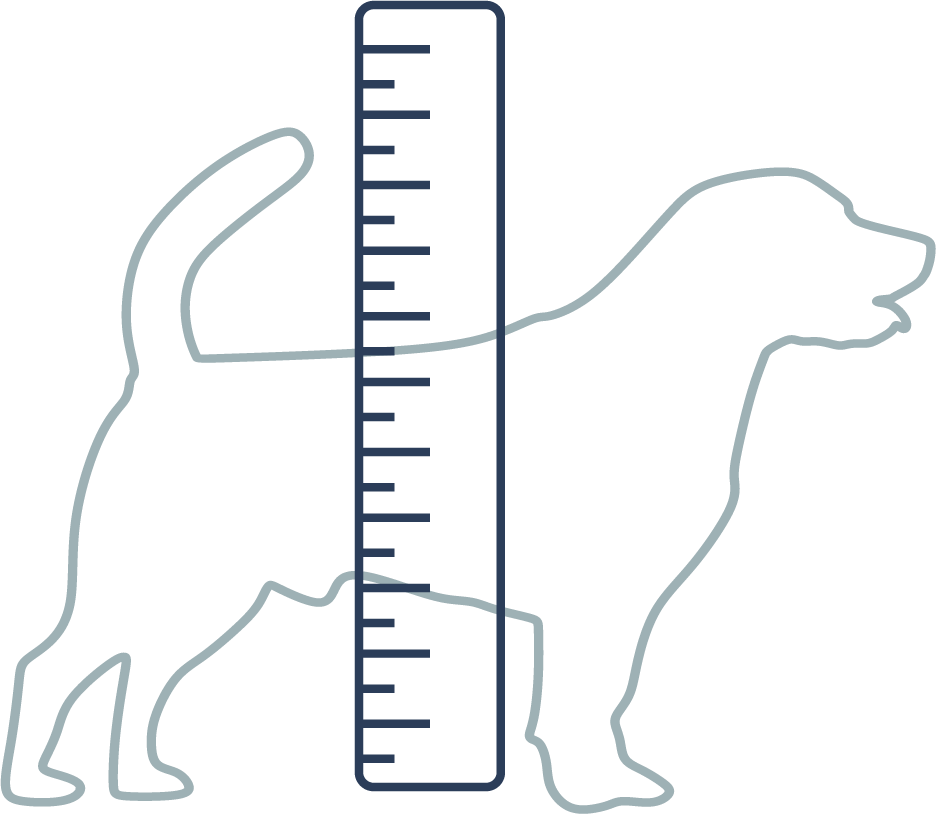


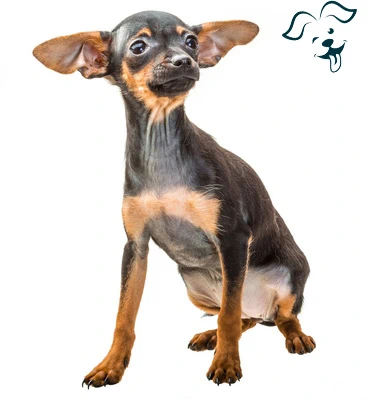
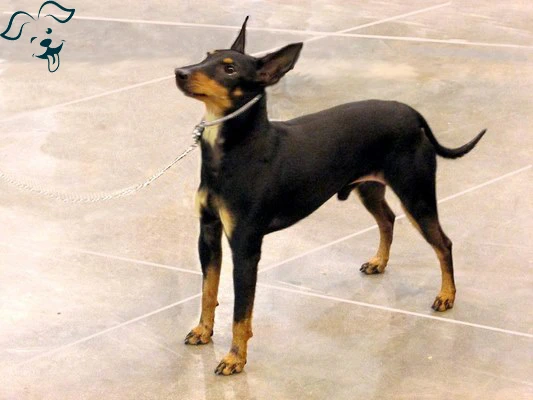
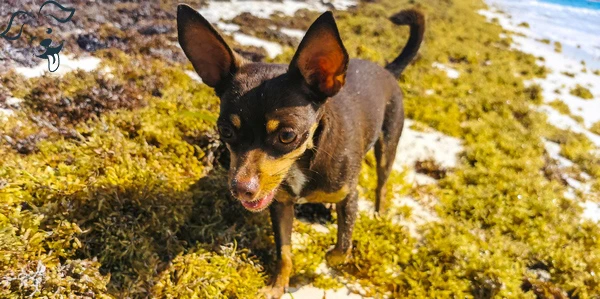
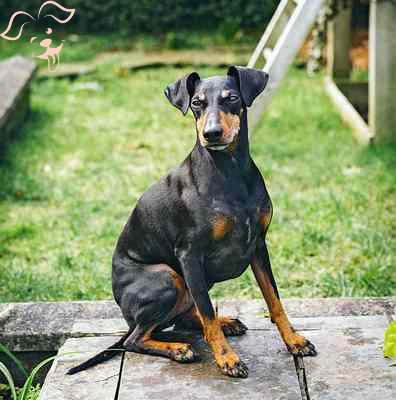





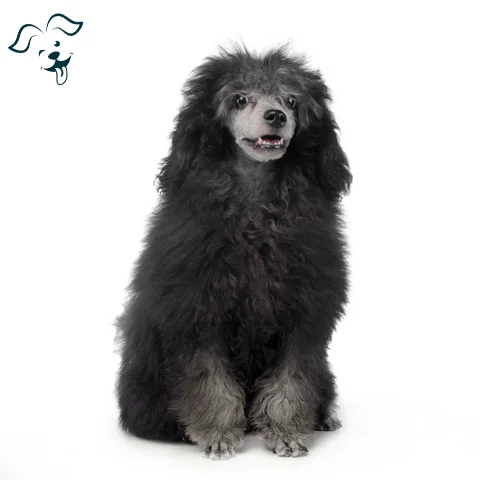


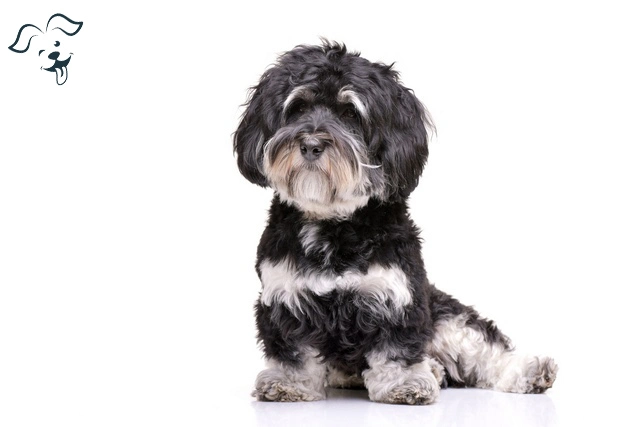
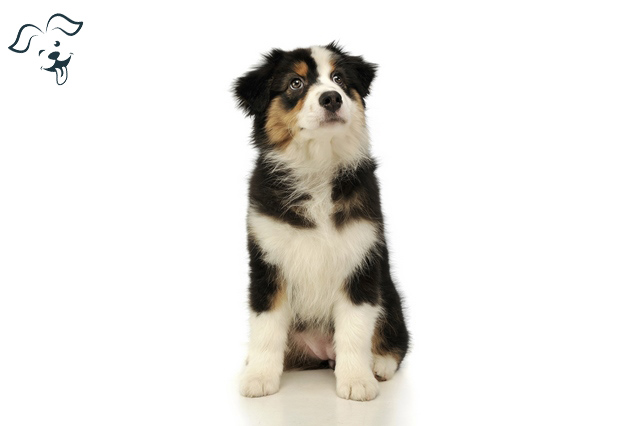

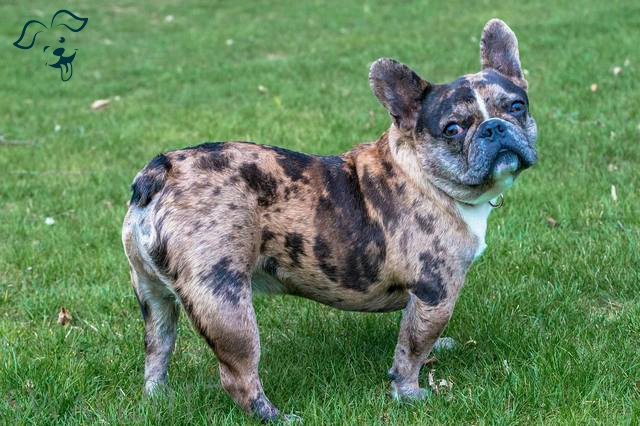
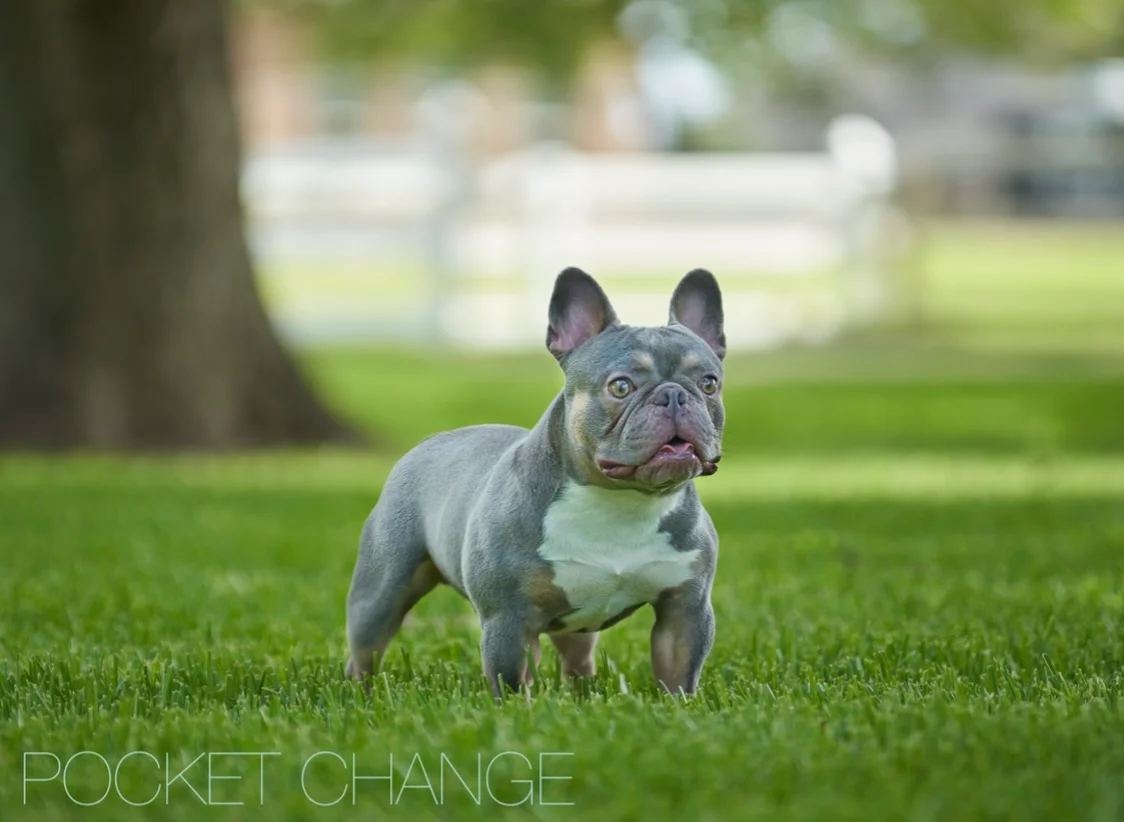
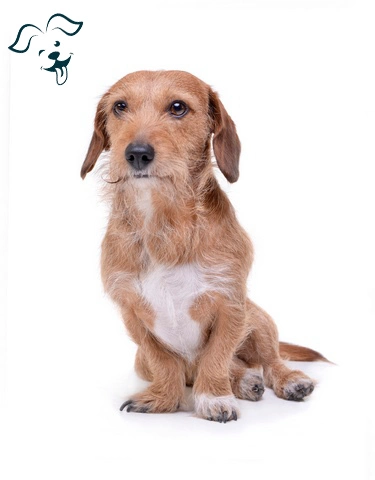

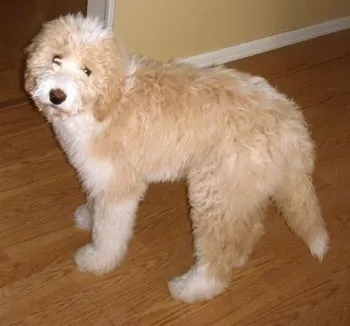


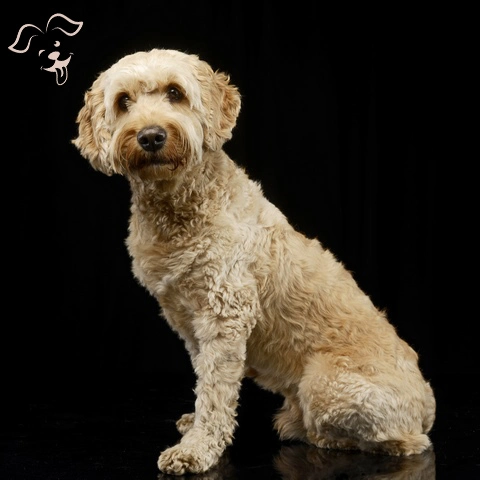
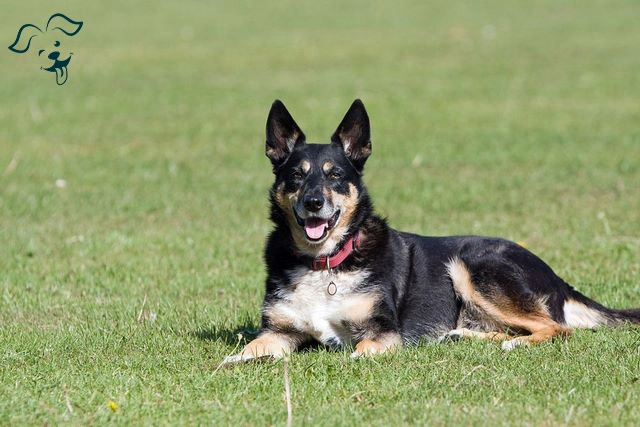
FRIENDLINESS
LIVELINESS
VIGILANCE INTENSITY
ADAPTATION CAPACITY